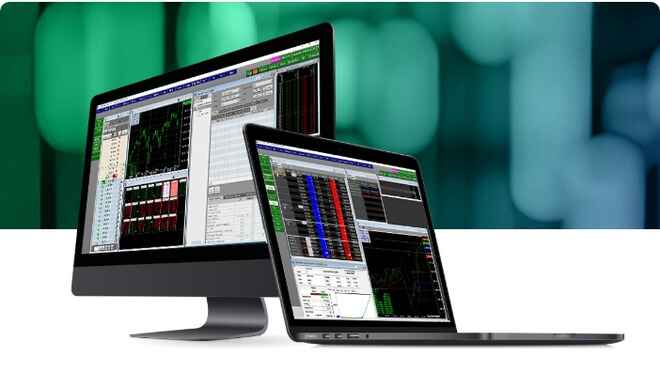Open interest refers to the total number of outstanding contracts that have not been settled or offset by delivery. It can also be referred to as open contracts or open commitments. For each buyer of a futures contract there must be a seller. From the time the buyer or seller initiates the trade until the counterparty closes it, that contract is considered “open.” So, open interest is the total number of contracts that are held by market participants at the end of the trading day.
Volume and open interest provide important confirmation of the price action on a chart and ultimately the indication of an impending trend change. Technicians utilize a three-prong approach to market analysis which includes a study of price, volume and open interest. Volume represents the total amount of trading activity or contracts that have changed hands in a given market for a single day. The greater the amount of trading activity, the higher the trading volume. The greater the volume, the more we expect the existing trend to continue rather than reverse. Whereas volume measures the intensity behind a price trend, open interest measures the flow of money into the futures contract. For each seller of a contract, there must be a buyer. Therefore, a seller and buyer combine to create only one contract. So, to determine the total open interest for any given market, we need to only know the totals from the buy side or the sell side, not the sum of both sides.
Increasing open interest means new money is flowing into the market. Declining open interest means the market is liquidating. This implies the prevailing price trend is coming to an end.

